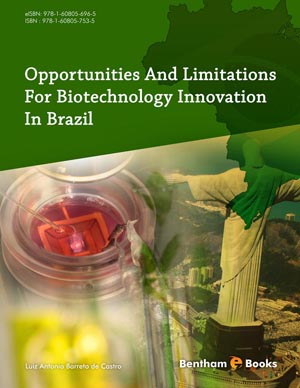Abstract
Accurate identification and early detection of pathogen is a crucial step in plant disease management programmes. Conventional methods were followed, which were time consuming, relied on the interpretation of visual symptoms, culturing, laboratory identification and required extensive taxonomic expertise. Rapid development of genomic techniques has greatly simplified and has revolutionarised research in the area of life sciences. Nucleic acid- based detection methods overcome various problem associated with microscopical and immunological detection methods. DNA probes are used for the precise and accurate detection of pathogen propagules in infected tissue. DNA microarray technology is currently a new and emerging diagnostic technology for plant pathogens, when coupled with PCR results in high level of sensitivity, specificity and throughput. Dot blot hybridization, microarray, polymerase chain reaction(PCR)-based methods e.g. PCR-restriction fragment length polymorphism (PCR-RFLP), nested- PCR, multiplex-PCR, reverse-transcription-PCR (RT-PCR) etc. are the techniques being employed for the detection of major pathogens viz. tobacco mosaic tobamovirus. Introduction of real-time PCR technique has improved and simplified the methods for PCR-based diagnosis of plant pathogens. Routine application of real-time PCR and metagenomic analysis may expedite entire process of diagnosis of plant pathogens.
Keywords: Plant diseases, molecular detection, PCR based, microarray.












